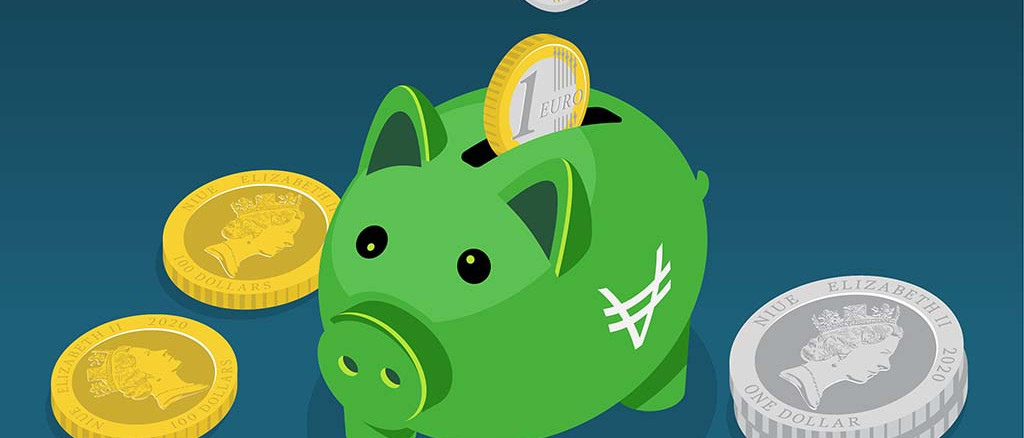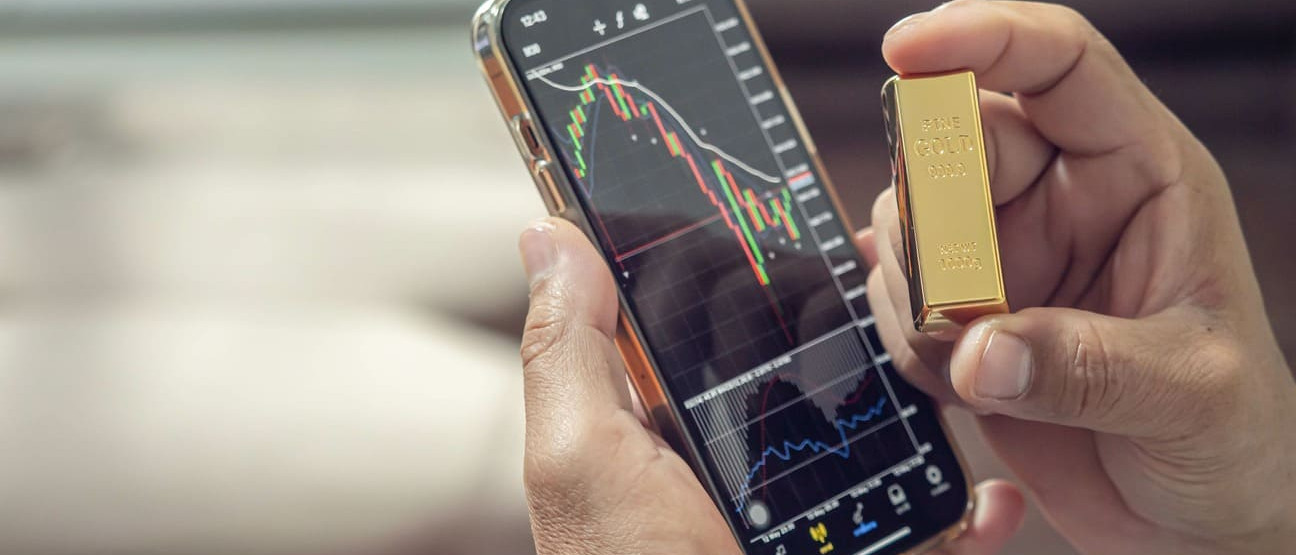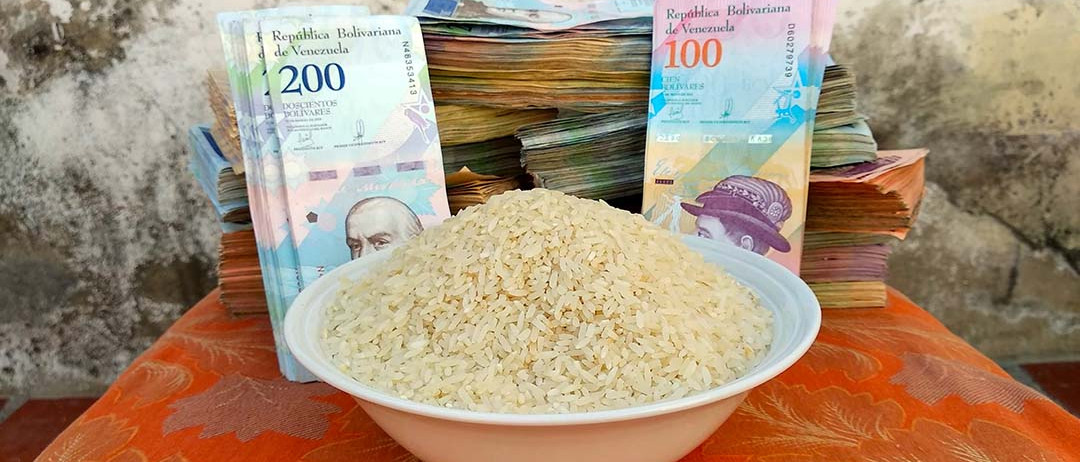Can we use gold and silver as currency nowadays, even though our spending habits are becoming increasingly electronic with cashless trades? Yes, because precious metals have always had an important role in the history of currency. To help you to better understand how it is still possible to pay using gold and silver, we are going to take you on a journey into monetary history through the centuries.
How did gold become a currency of reference?
To understand how precious metals became currency, we need to delve into history. The whole concept of currency is actually strongly linked with the evolution of civilisations. During the time of hunter-gatherers, currency wasn’t really necessary: bartering was used as a basis for trading. Trading the proceeds of a hunt for a new lance, for example: mutual wealth was the essential factor.
As rich as Croesus – not just a myth!
But as soon as the earliest civilisations started to trade on a worldwide scale, a currency of reference became necessary. The first ruler to mint currency from gold, in the form of coins, was King Alyattes, the father of the future King Croesus, around 600 BCE. When his son came to the throne to rule over Lydia (Turkey today), he enhanced the currency with gold and silver staters: croeseids. These initial coins were minted using a standard weight: 10.67 grams for gold croeseids, being almost 98% pure gold. The king of Lydia also laid down the initial foundations for bimetallism: one gold stater was worth ten silver staters. The staters were designed to showcase the influence and wealth of the king – after all, this is King Croesus we’re talking about! This idea of influence would continue to be important in the centuries that followed. Ancient civilisations would continue to use gold as a currency of reference and as evidence of their power. It’s no coincidence that Greek staters and the later Roman aureus coins have made such a mark on history.
But why gold and silver?
Why precious metals rather than salt, copper or even seashells, like the cowries that were widely used for many years as commodity money?
It’s the intrinsic qualities of these metals that give them value. Gold and silver are ductile, malleable and dense. They are extremely durable and shock-resistant: silver is not easily oxidised, while gold does not oxidise at all. Rarity adds to their value: these are metals that are not easy to find.
Coins can be minted with the image of a king or an emperor and then melted down to be reminted when another monarch accedes to the throne. It’s not so much the minting that gives them value – it’s the guarantee of their weight in gold or silver. So when the Roman solidus arrived on the scene at the beginning of the 4th century, its weight in gold (4.5 grams of pure gold) gave it a value that would be recognised throughout the entire Roman Empire. Even after the fall of Rome, the solidus remained a reference for many centuries due to its value in gold. The Byzantine Empire, for example, adopted the gold solidus and its various derivations! And that was how we went from commodity money to a standard coin, whose composition is guaranteed by the powers-that-be of the time.
Gold and fiat money: I love you, me neither?
When we talk about money in today’s society, we are not talking about commodity money any more. Neither do we use gold or silver coins these days for our daily purchases: fiat money, or fiduciary money, has replaced precious metals. The value of these coins and notes depends upon the confidence instilled in them by governments. They have no intrinsic value. If you want to pay for something using a 200 euro note in a village deep in the heart of Central America, it’s probably fair to assume that your payment method will not be accepted. We’ve come a long way from the recognised value of a gold coin: even a gold doubloon or a French gold Napoleon coin, for example, could be used for their intrinsic value in gold.

After Bretton-Woods, the price of gold became indicative
Fiat currency, however, has for a long time been based on the value of gold. Between 1879 and 1939, the gold standard enabled the fixed exchange rate system to be put in place, where a country could freely convert its currency into a certain quantity of gold. With one proviso for the countries involved: the money stock would be limited by the reserves of gold held by the country. To increase the money stock, the gold reserves also had to be increased. This system was then weakened by increasingly intense commercial trading between countries, then by the First World War and the inflation that followed. From 1945 through to 1971, the Bretton Woods agreement heralded the establishment of another currency exchange system: only the dollar could be converted into gold and all other currencies could be converted into dollars.
And let’s not forget about silver!
The price of silver has always tended to correlate with the price of gold. A gold stater was worth 10 silver staters, and the Roman aureus was worth 25 silver pennies. After the French revolution, bimetallism also became more prominent in monetary affairs with the arrival of the French franc, where the value of a gram of gold was fixed at 15.5 grams of silver.
It’s worth mentioning that in the middle of the 19th century, the currency for commerce and international trading was silver, and France was at the forefront. Whereas England, in a weaker position, favoured gold. At this time, the star of the show was the 5 franc silver ecu. When gold rose to power once again, many French rural regions clung on to their silver ecus, like Gaullist village resistance forces defiant in the face of the gold invasion! In 1873, the American Coinage Act demonetised silver and set up the gold standard.
Demonetisation of silver coins in France came later: many French people will remember the 50 Franc Hercule coins, minted until 1980 and given as Christmas gifts or as a reward for a good school report. Those under 40 won’t remember the last 5 franc silver coin, the famous “sower woman”, minted between 1959 and 1969, even though it’s commonly known as the 1960 sower woman. This coin would then be replaced by its younger siblings made from less precious metals (nickel or aluminium).
How could gold be used as a modern payment method?
In our daily lives, we still use fiat currency, but this has largely been replaced by representative currency, meaning currency that circulates via transfers, direct debits, cheques and payment cards. The healthcare crisis brought on by COVID-19 actually accelerated the adoption of electronic and contactless payments. The digital trend has also given a boost to cryptocurrencies and neobanking, both of which go to prove that individuals are turning more towards solutions that are not based on traditional banking.
In parallel, gold has emerged once again as an excellent hedge, a protective measure in the event of monetary devaluation – i.e. if representative currency is no longer accessible or if fiat currency loses value, for example. The VeraCash solution, a non-bank debit card, which allows you to pay your daily expenses using precious metals, has emerged as an alternative that sits somewhere between the two. A solution that supports the future of currency whilst also putting gold at the heart of trading.
My job: I'm in charge of developing effective digital content strategy
My mission: to provide you with informative content, popularise the use of precious metals and promote VeraCash
You might be interested in
4 May 2023
How much should I spend on gold and silver?
Diversifying is about minimising the risk of capital losses that are always possible on certain products, but also and above all, to preserve the…
28 April 2023
2023, a good year for gold prices?
It's prediction time. At VeraCash, we prefer facts to predictions or magic. So to tell you about the gold price in 2023, we're going to have to tell…
21 February 2023
Could inflation be both the problem and the solution?
Rising prices are undoubtedly the indicator that speaks loudest to the most people. Depending on geographic location and position in the economic…


